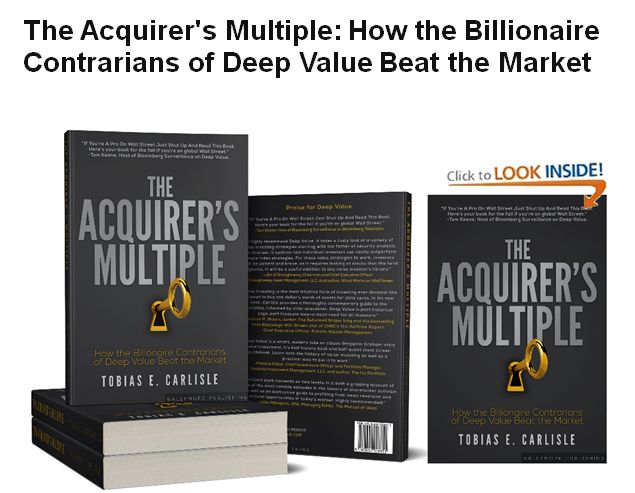Very few investors have captured the public’s imagination quite like Michael Burry. Best known for his prescient bet against the housing market before the 2008 financial crisis, Burry’s investing philosophy was forged long before that moment.
His 2001 Scion Value Fund letter provides a revealing look into his contrarian mindset, one that prioritizes long-term value over short-term price movements.
Burry’s approach is deeply rooted in value investing—buying assets that the market has mispriced due to fear, inefficiency, or irrationality.
He makes it clear that he’s willing to stomach volatility in pursuit of outsized gains. “I will always choose the dollar bill carrying a wildly fluctuating discount rather than the dollar bill selling for a quite stable premium,” he wrote.
This statement encapsulates his willingness to embrace short-term pain for long-term gain, a hallmark of great investors like Warren Buffett and Charles Munger.
His letter also highlights the psychology of markets, particularly how investors react irrationally in the face of uncertainty.
He describes a scenario in which investors dumped small-cap stocks using an order process he characterizes as, “Just get me out of this stock!” This behavior, he notes, created enormous opportunities for those willing to take the other side of the trade.
This is classic value investing: stepping in when others panic and capitalizing on their fear.
Burry’s letter was written in the aftermath of the dot-com bubble burst, a period that saw many stocks—especially those without strong fundamentals—collapse.
His fund experienced a decline in value, but he was unfazed. “Thus, a confluence of happenings seems to have knocked the Fund for a decent price decline in just three months’ time. However, my entire net worth resides alongside your investment in the Fund, and I neither bemoan these recent short-run declines nor fear long-term impairment of my net worth.”
This level of conviction is rare. Many fund managers try to appease short-term investors or chase performance, but Burry’s letter reflects a level of patience and confidence that sets great investors apart.
His assurance that he was putting his own money where his mouth was—keeping his entire net worth invested in the fund—further reinforced his belief in the strategy.
At the time, the broader market was in turmoil, but Burry saw it as a moment of opportunity. “The market is offering up values on a scale not seen previously during the Fund’s existence,” he noted, adding that “the Fund holds significant cash and sources of cash to put to work in such an environment.”
This readiness to seize on undervaluation when others hesitated is a hallmark of successful investing.
Burry’s 2001 letter underscores the importance of independent thinking, the courage to endure short-term pain, and the discipline to focus on intrinsic value.
You can read the entire letter as part of a collection here:
For all the latest news and podcasts, join our free newsletter here.
Don’t forget to check out our FREE Large Cap 1000 – Stock Screener, here at The Acquirer’s Multiple:



